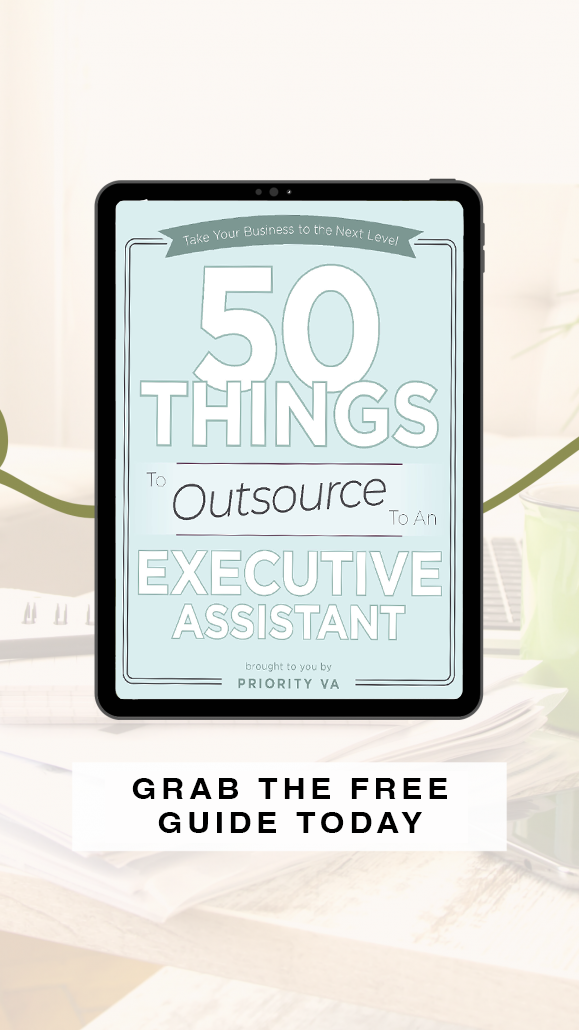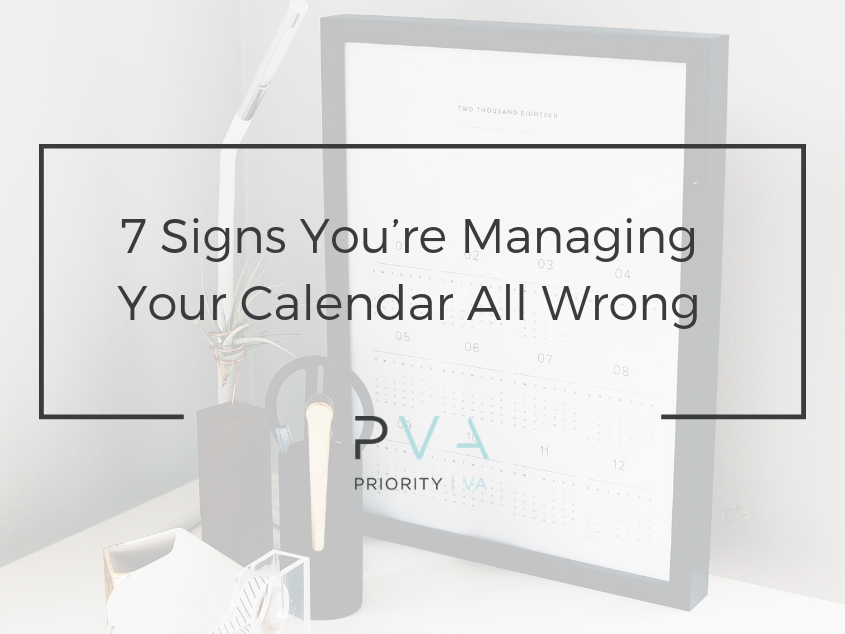Out with the old, in with the new!
Except… not always. Today I’m going to put a spin on that old phrase. “Out with most of the old, and then make do!”
In our day and age, and especially in the virtual environment, it’s always about the latest, greatest, newest, brightest, and best. As soon as we learn one new system or program, it either has multiple updates or there’s an even newer, faster, better one out that’s all the rage.
Slow down.
Every day, we obtain more and more stuff. What we used slightly yesterday, we’ll forget to use again. We’re on to the next thing, and rather than our wallets or our production lines getting bigger, the only growth we’re seeing is in the piles of stuff we’ve moved on from.
So today I want to encourage you to downsize rather than upgrade. Give what you’ve got a chance, and weed out what won’t work.
It can seem overwhelming, especially if we’ve really been trying to keep up with everyone else. Who knows the amount of programs or products we’ve purchased, simply to leave behind in our pursuit of the next great thing. We’re taking control, though. Today. Roll up your sleeves, and let’s get started.

1. Take an inventory
Take the time to document what you’ve got in front of you. (You might have forgotten you already had something you thought you needed!) Make a list (or lists) of everything you’ve got, what it does, and whether or not it’s still relevant. You won’t know how to move forward unless you’ve got a clear picture of what you have to work with. Breathe deep, get it all out in front of you, and take an inventory of what you’ve got.
2. Part ways
Once you’ve established a list (or pile) of everything you have, part ways with things you don’t need or haven’t used. Holding on to them only takes up space (whether it be physical space or RAM space) and adds clutter to your chaos down the road. If you can make some money off of it by selling it to someone else, go for it. Chances are you’re not going to actually part with it, though, unless you donate it or throw it away. Make a commitment to free yourself from the bondage of your excess.
3. Do what works
It may be you invested in a program or process because of the promises made about its capabilities. It all sounds lovely, but the truth is, it doesn’t work with your standard processes. Rather than invest in the latest and greatest, take some time to develop and tried and true system for your business, using what you know works. Paper and pen doesn’t mean you’re inefficient, especially if using them brings tremendous results. Develop a system that works and then, over time, upgrade the system. If you’re upgrading products rather than practices, it will get you further in debt, not further in progress.
4. Find a place for everything
When you’re cleaning up and organizing, it’s tempting just to pile things together and tell yourself you’ll get to it later. “Later” usually comes in a panic when you’re searching for something you know you just saw a day or so ago…. and the mess gets worse instead of better, as you’re rifling through piles. In order to avoid further mess, further frustration, and losing precious time, make sure everything has a home. Books go on bookshelves, papers go in file folders, file folders go in a filing cabinet, etc. The same is true electronically – file those documents in filing folders! Don’t leave your desktop as a catch-all. When I say everything needs a home, I mean everything. If you find a home for it, you’ll be able to retrieve it precisely when you need it, and that’s worth more than gold some days. (Plus, you’re saving dough when you’re not running out to buy something to replace what you already have, you just can’t find!)
5. End the day tidy
I don’t know about you, but I hate waking up in the morning and having a sink full of dishes waiting for me. I like to wake up to a clean, orderly kitchen. The same is true in my work. I don’t like walking into my home office and having piles, mess, and confusion waiting for me. This means I spend a little extra time before I end my work day tidying up. I put everything in its home so I can find it readily the next time I need it, clear out the garbage, sort and file, and leave my workspace looking like something I want to come back to the next day. I don’t have to spend the first half hour of my morning cleaning up and getting ready for my day. I simply walk in, and get to work.
6. Sleep on it
Before you run out and purchase what all the online-preneurs are raving about, give yourself some time to evaluate the costs versus benefits. Weigh it all out, and sleep on it. Do you have something already in place that works just as well? Do you need an upgrade or are you pursuing the next shiny object? Will this propel your business, or hold you back from reaching your financial goals? Take a night or so to sleep on it. I’ve saved plenty of money – and space – simply by letting my rationale sort it out while I sleep. More often than not, I can do just as well or better a job using what I’ve already got handy.





